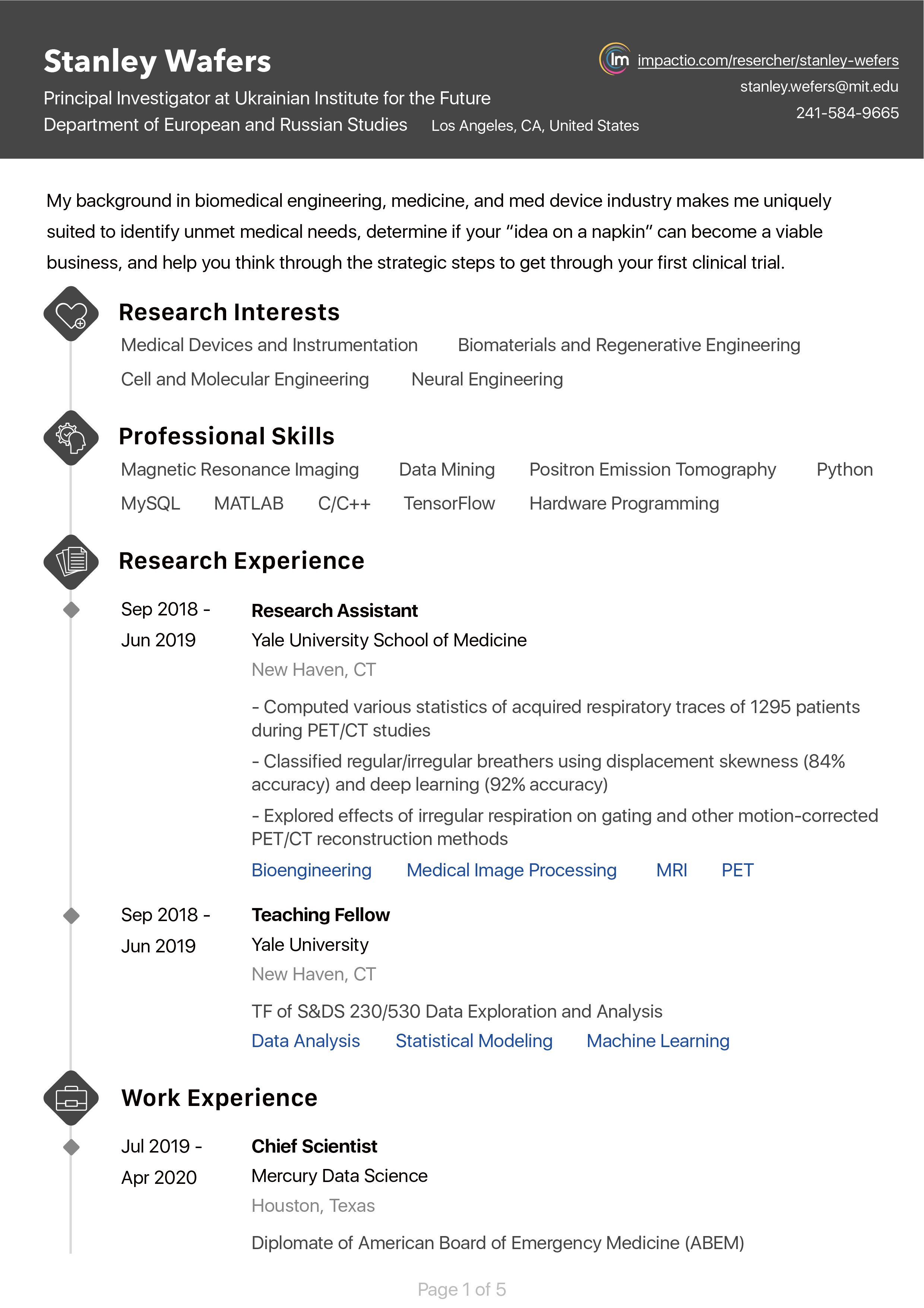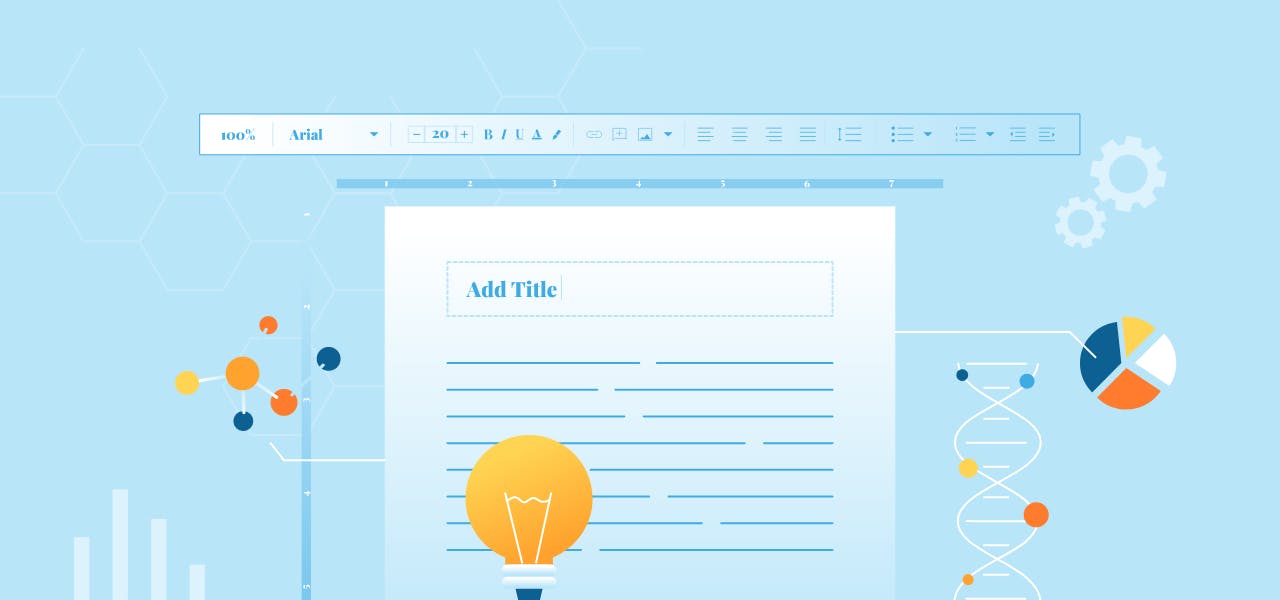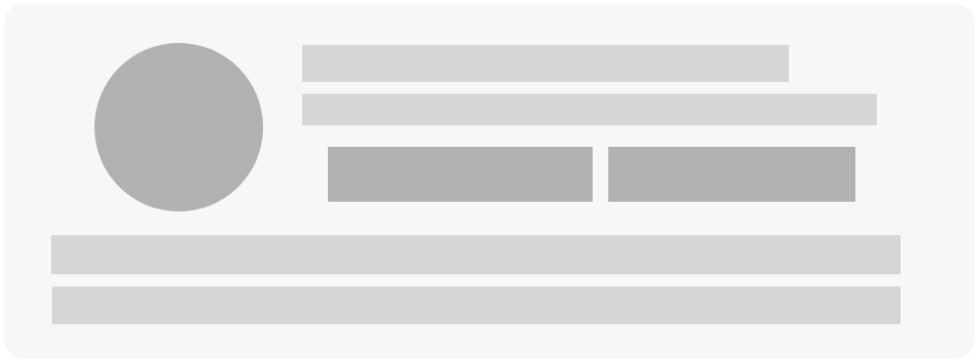About
Roberto Pizzala currently works at the Department of Molecular Medicine, University of Pavia. His main research project is directed to the dorsal cochlear nucleus, which (together with the ventral cochlear nucleus) represents the first auditory station in the CNS. The reasons for targeting this brain region are several: 1) it is the primary source of non-auditory information entering the auditory system, and forms the earliest “noise filter” in the brain; 2) it is located in a privileged position to take part to neuroimmune interactions, since it is surrounded by the 4th ventricle choroid plexus. 3) macrophages on its ventricular surface are directly in touch with its nervous parenchyma, and change their distribution upon cochlear damage.
Cancer Biology
Antioxidants
Cancer Cells
Apoptosis
Cancer Diagnostics
Cell Culture
Cells
Cell Signaling
Neuroinflammation
Immunohistochemistry
Professor (Associate)
University of Pavia
January 2012 - Present
Professor (Associate)
University of Pavia
March 2002 - Present
Research Associate
University of Pavia
November 1991 - Present
Technician
University of Pavia
December 1989 - Present
Realted Researchers








